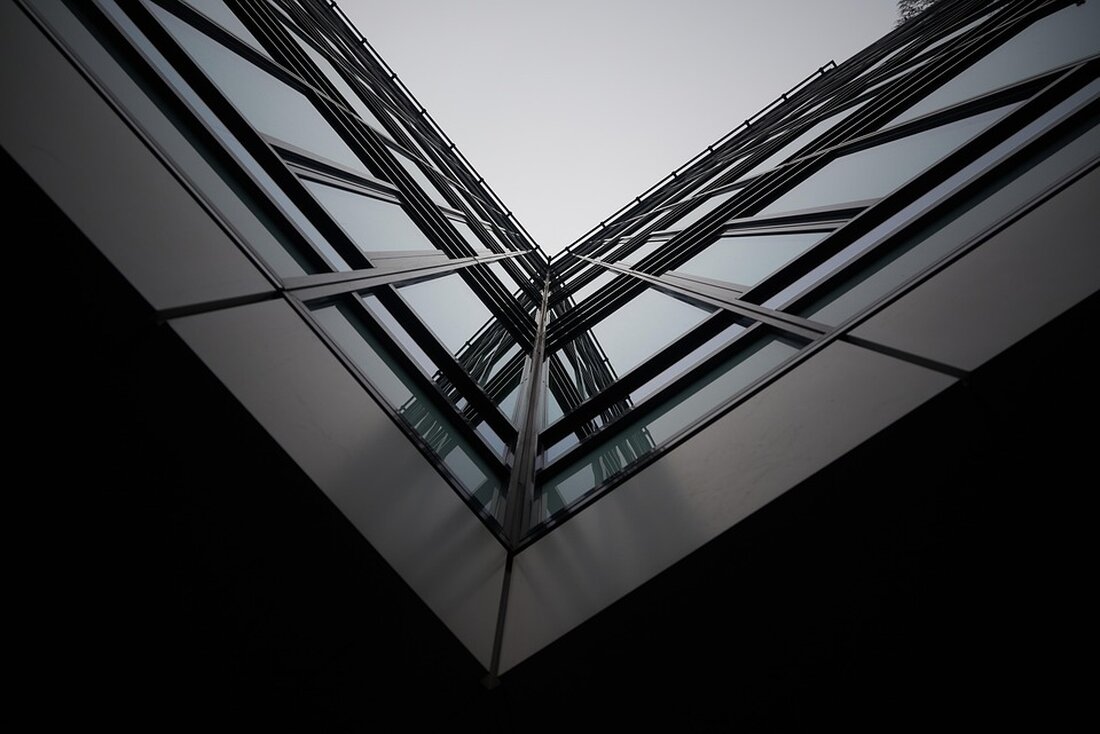Discover Warsaw: Between modern highlights and dark history!
Discover Warsaw's moving history and modern attractions on your city trip. Learn more about culture, architecture and memorials.

Discover Warsaw: Between modern highlights and dark history!
Warsaw, a modern metropolis with impressive architecture and a complex, tragic history, offers visitors a variety of sights and places of remembrance. The Jewish Cemetery on Okopowa Street, run by Witold Wrzosiński, is a central element of the city's Jewish heritage. This 33-hectare cemetery was established in 1806 and was spared destruction during World War II, making it an important testimony to Jewish life. 60 people, including 30 archaeologists, are currently working there to preserve and research the history of the site.
Warsaw itself today has around 1.9 million inhabitants and is located in the Masovian Voivodeship. The city has a variety of parks, such as Łazienki Park, which invites you to relax, and modern facilities such as the Centrum Nauki Kopernik, a science center named after the astronomer Nicholas Copernicus. The Palace of Culture, a monumental building from the 1950s, is also one of the city's architectural highlights.
History and memory
Warsaw's history is strongly influenced by the horrors of the Second World War. The Warsaw Uprising of the Polish Home Army (Armia Krajowa) began on August 1, 1944 and lasted 63 days. Unspeakable atrocities were committed during this time as SS troops pounded and systematically destroyed the city. It is estimated that around 250,000 people died in the uprising, including both fighters and civilians. Over 100,000 victims of the German occupation are buried in the insurgent cemetery, which was built in the Wola district. The first reburials in this cemetery began in November 1945, and in 2021 the foundation stone was laid for a new memorial, which was inaugurated on October 2, 2023.
Another important monument is the Memorial to the Heroes of the Warsaw Ghetto, which commemorates Willy Brandt's kneeling in 1970. This is particularly notable since the Warsaw Ghetto Uprising, which took place between April and May 1943, was a desperate attempt to fight the deportation of Jews. The “Umschlagplatz”, from which around 265,000 Jews were deported, is a painful relic of these dark times.
Modern amenities and travel options
Despite this tragic past, Warsaw is also a city of modernity. The old town was rebuilt true to the original after the war and has been a UNESCO World Heritage Site since 1980. There are numerous accommodations available for travelers, including the Hotel H15 Boutique, the Chopin Boutique B&B and the Ibis Warszawa Stare Miasto. Tickets for public transport, such as buses and trams, are cheap – around 1 euro for a one-way trip and just under 4 euros for a 24-hour ticket. The best time to visit is between May and September.
The city is around 600 km from Berlin and Dresden and offers direct rail connections as well as non-stop flights from major German airports. To access the many museums, such as the Polin Museum or the Warsaw Uprising Museum, entrance fees are affordable, charging around 11 euros for the Polin Museum and 8 euros for the Warsaw Uprising Museum.
Warsaw is therefore not only a place of remembrance of the horrors of the past, but also a living, changing city that deserves to be discovered. Whether through impressive museums or historical sites, the city offers an impressive experience for every visitor.
Travelers receive scientifically based insights and historical context when visiting the Jewish cemetery and des Insurgent cemetery, both of which impressively reflect Warsaw's eventful history.

 Suche
Suche
 Mein Konto
Mein Konto